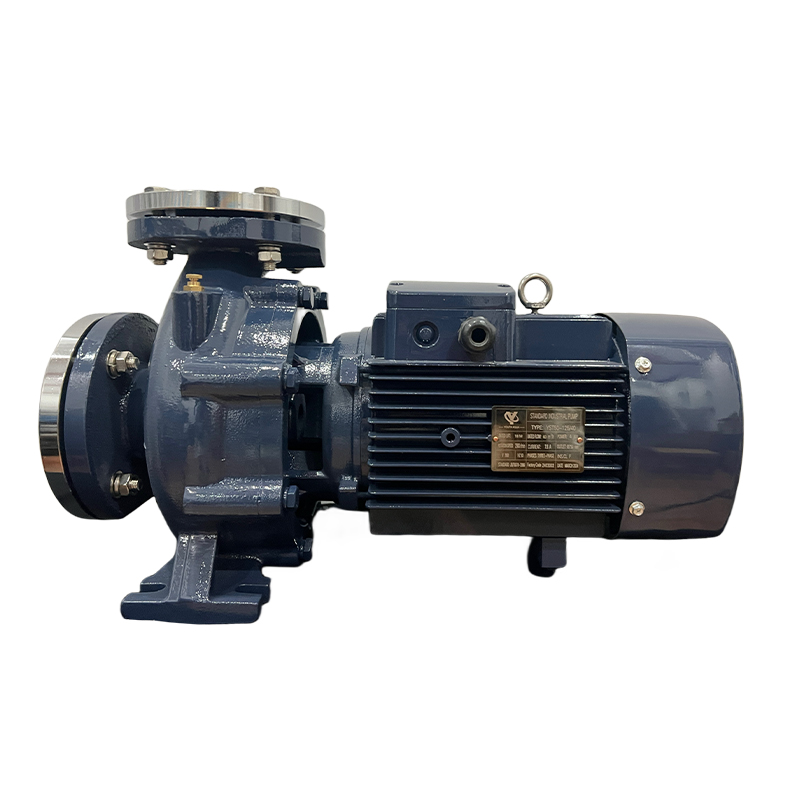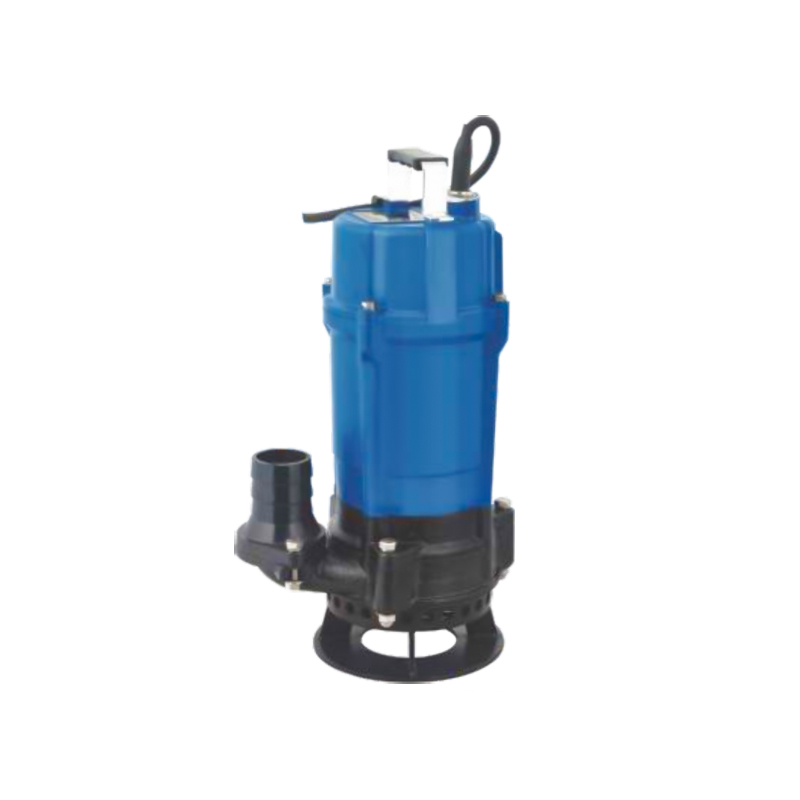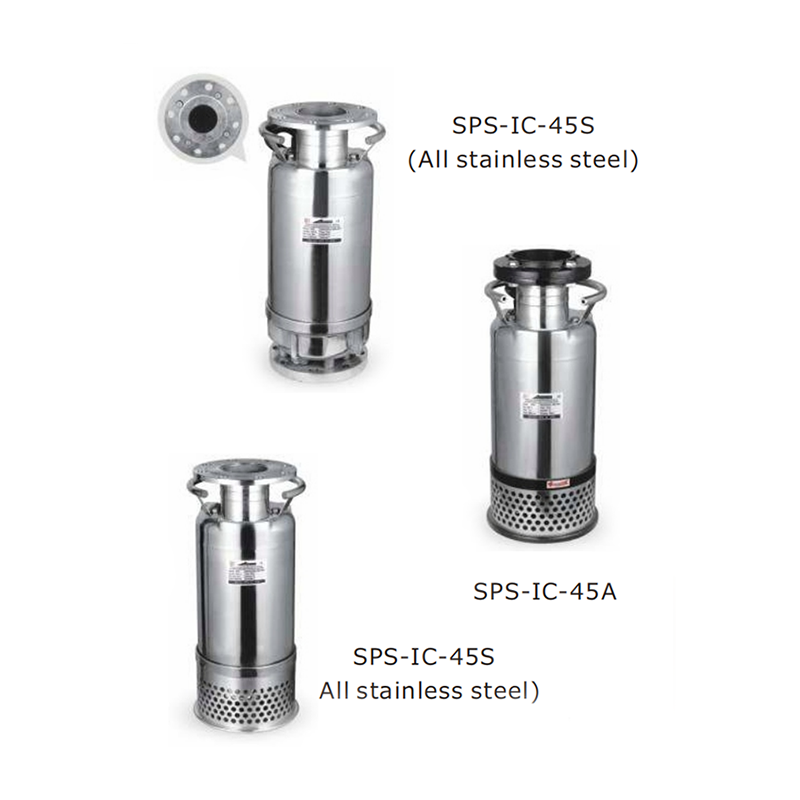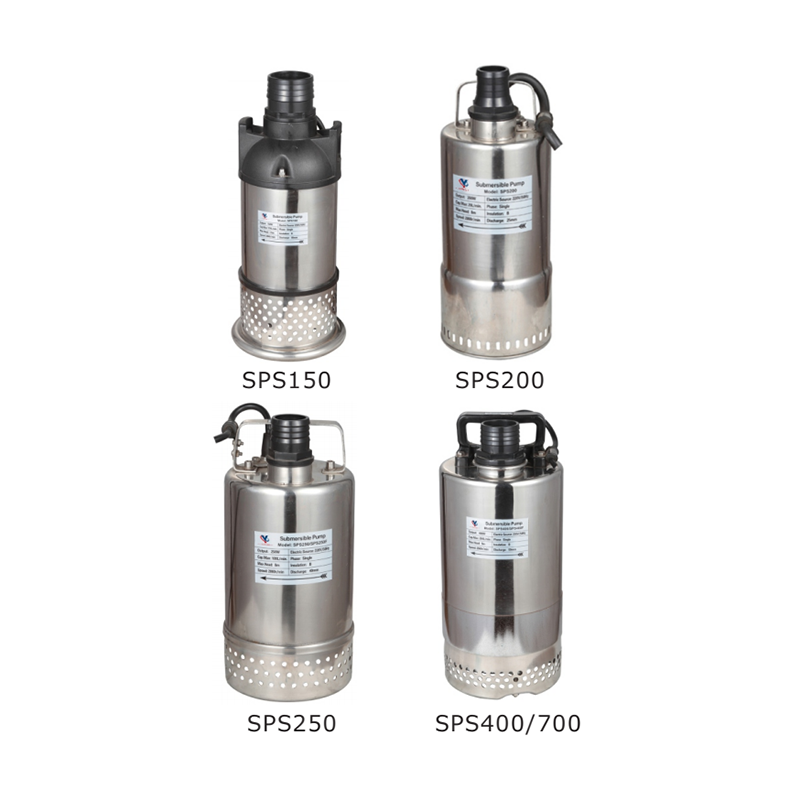 |
A centrifugal pump is a type of mechanical device designed to transport fluids, primarily liquids, by converting rotational energy into kinetic energy. This type of pump is widely used in various industries, including water treatment, chemical processing, oil and gas, and HVAC systems. It is known for its simplicity, effectiveness, and versatility, making it one of the more common types of pumps in industrial applications.
The basic principle behind a centrifugal pump is straightforward. The pump consists of a rotating impeller, which is housed within a casing. When the pump operates, the impeller spins, generating centrifugal force. This force pushes the fluid radially outward from the center of the impeller. As the fluid moves outward, it gains kinetic energy, which increases its velocity. Once the fluid exits the impeller, the kinetic energy is transformed into pressure energy as it flows into the discharge pipe.
The fluid enters the pump through the inlet and is directed towards the center of the impeller, which is located in the pump casing. The impeller's rotation accelerates the fluid, forcing it outwards and creating pressure within the pump system. The casing helps to direct the flow of the fluid and maintain consistent pressure as it moves through the pump and into the discharge pipeline.
Centrifugal pumps can be categorized into several types based on their design and application. The main types include:
 |
 |
 |
 |
Single-Stage Pumps: These pumps have one impeller and are typically used for low-pressure applications where only a moderate increase in pressure is required. They are commonly used in water supply, irrigation, and various industrial processes.
Multi-Stage Pumps: These pumps feature two or more impellers arranged in series. The multiple stages allow for higher pressure and flow, making these pumps suitable for applications that require significant pressure boosts, such as in water treatment plants or high-rise buildings.
End Suction Pumps: In end-suction centrifugal pumps, the fluid enters the pump from the side. This type of pump is typically used in HVAC systems, cooling towers, and various industrial applications where space is limited.
Radial Flow Pumps: These pumps are designed to handle large volumes of fluids at lower pressures. They are commonly used in applications such as irrigation systems and water drainage.
Centrifugal pumps are used in numerous industries and applications, owing to their efficiency and versatility. Some common applications include:
Water Treatment: In water and wastewater treatment plants, centrifugal pumps are used to move water and chemicals through filtration systems, ensuring that water is properly treated and distributed.
Chemical Processing: These pumps are essential for transferring chemicals, solvents, and other liquids in chemical processing plants. Their design allows for smooth, continuous flow, which is critical for maintaining process consistency.
Oil and Gas: In the oil and gas industry, centrifugal pumps are used for transporting crude oil, natural gas, and refined products. They are also used in refinery operations to circulate liquids through various systems.
HVAC Systems: In heating, ventilation, and air conditioning systems, centrifugal pumps are used to circulate water or refrigerant through the system, ensuring temperature regulation and air quality.
Agriculture: Centrifugal pumps are widely used in irrigation systems to transport water to crops. Their ability to handle large volumes of water makes them ideal for agricultural purposes.
Centrifugal pumps play a crucial role in the movement of fluids in many industries. Their simple design, efficiency, and versatility make them a popular choice for applications ranging from water treatment to chemical processing and HVAC systems. Whether used for low-pressure or high-pressure tasks, centrifugal pumps continue to be essential in ensuring smooth, reliable fluid flow across a variety of sectors.



 English
English русский
русский عربى
عربى







